The Supreme Court struck down a federal bump stock ban Friday in a 6-3 ruling that is sure to have an extensive impact on gun cases being litigated around the country.
We have all the details on this case including what bump stocks are, what led to the decision, and what gun owners can expect. So keep reading!
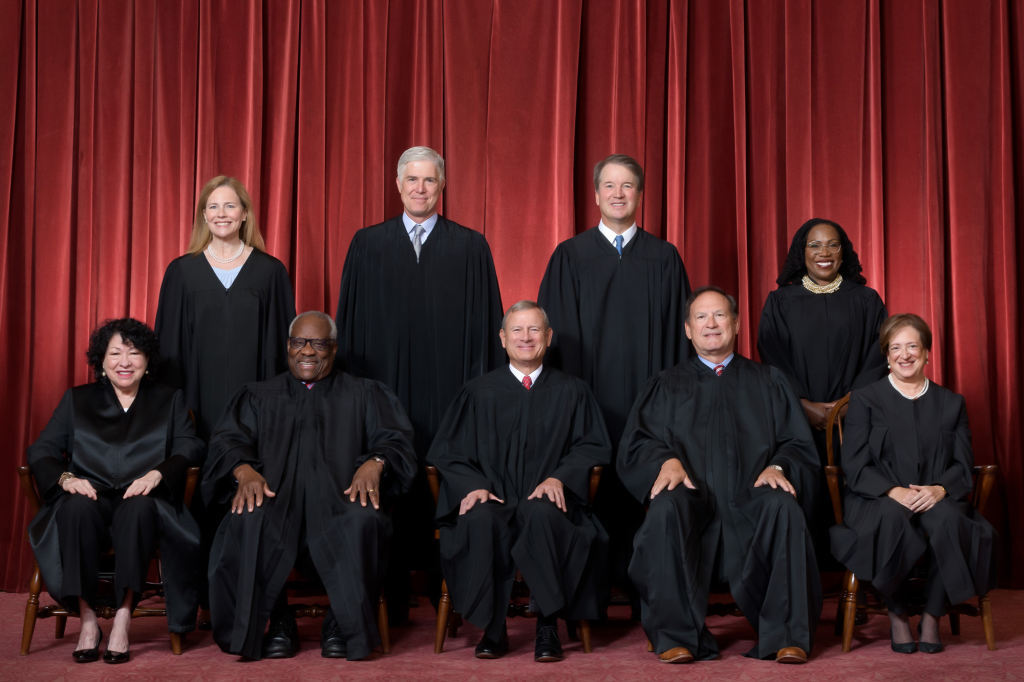
Table of Contents
Loading…
Supreme Court Overturns Bump Stock Ban
In the ruling, the High Court overturned the Trump Administration bump stock ban, stating that the devices do not qualify as machine guns under the Firearm Owners’ Protection Act, which amended the Gun Control Act. Therefore, it cannot be regulated as such.
The fight over bump stocks began in 2018 after a gunman used them to kill 60 people at a Las Vegas music festival, marking the deadliest mass shooting in U.S. history. In response, the ATF, under guidance from the Trump Administration, banned the devices under the GCA of 1986.

ATF’s ban was met with immediate furor from gun rights activists, and a lawsuit was launched. The case wound its way through the legal system, ultimately landing at the feet of Supreme Court justices.
Justices Thomas, Roberts, Alito, Gorsuch, Kavanaugh, Alito, and Barrett all ruled in favor of overturning the ban, stating the ATF “exceeded its authority” in issuing a rule re-classifying bump stocks.
“Nothing changes when a semiautomatic rifle is equipped with a bump stock. Between every shot, the shooter must release pressure from the trigger and allow it to reset before re-engaging the trigger for another shot,” the court opinion, written by Justice Thomas, said.
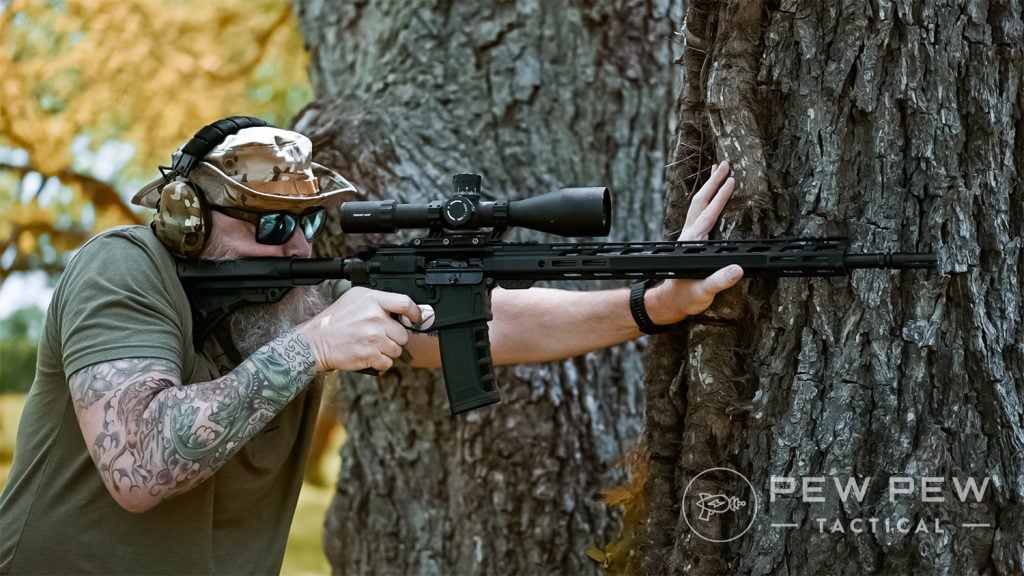
“We conclude that semiautomatic rifle equipped with a bump stock is not a “machinegun” because it does not fire more than one shot ‘by a single function of the trigger.’”
In a concurring opinion, Justice Alito pointed to the tragic events that precipitated the ATF’s rule but said laws cannot be interpreted based on tragedy.
“The horrible shooting spree in Las Vegas in 2017 did not change the statutory text or its meaning. That event demonstrated that a semiautomatic rifle with a bump stock can have the same lethal effect as a machinegun, and it thus strengthened the case for amending §5845(b). But an event that highlights the need to amend a law does not itself change the law’s meaning.”

Justices Sotomayor, Kagan, and Jackson all dissented, with Justice Sotomayor writing that bump stocks do meet the definition of a machine gun and that the majority’s opinion will have “deadly consequences.”
“Today’s decision to reject that ordinary understanding will have deadly consequences,” Sotomayor wrote. “The majority’s artificially narrow definition hamstrings the Government’s efforts to keep machineguns from gunmen like the Las Vegas shooter.”
Pro-gun groups immediately applauded the Supreme Court ruling.
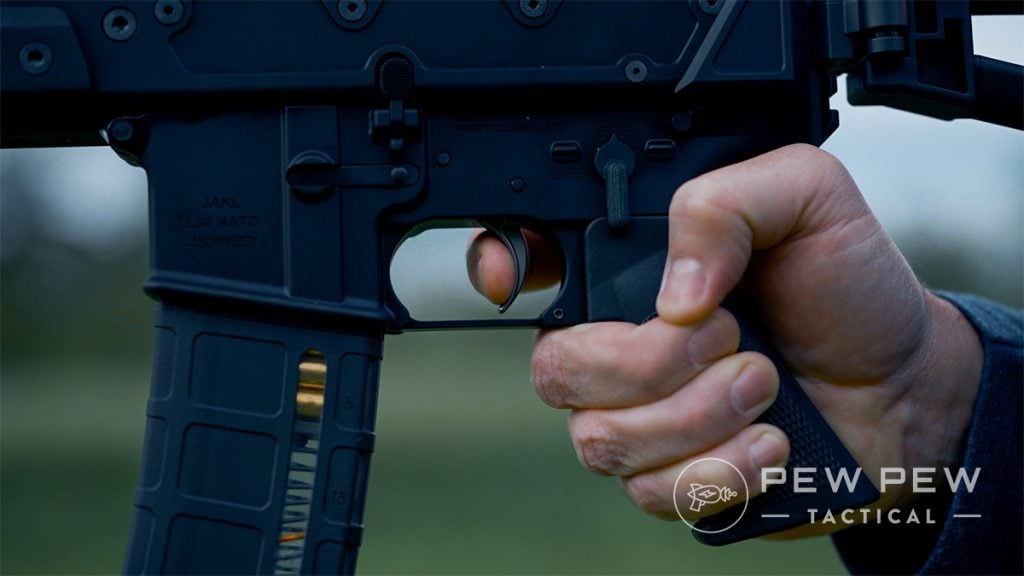
“In a resounding repudiation of ATF malarkey, the Supreme Court has struck down rule which sought to redefine Bumpstocks as machine guns under the National Firearms Act,” the Second Amendment Foundation commented on Facebook.
Anti-gun groups, however, reiterated the need for bump stock bans.
“Guns outfitted with bump stocks fire like machine guns, they kill like machine guns, and they should be banned like machine guns — but the Supreme Court just decided to put these deadly devices back on the market,” John Feinblatt, president of Everytown for Gun Safety, said in a statement.
“We urge Congress to right this wrong and pass bipartisan legislation banning bump stocks, which are accessories of war that have no place in our communities.”
What Are Bump Stocks?
A bump stock is an accessory that allows the gun’s stock to move forward and back as the gun is fired – thus using a firearm’s recoil to allow the shooter’s finger to press rapidly against the trigger, firing faster.

Previously, the ATF defined a machine gun as a firearm that fires more than one bullet with a single pull of the trigger – which bump stocks do not achieve. That said, the ATF amended its definition in 2019 to include bump stocks in the definition.
The Supreme Court was asked at that time to block enforcement of the ban but declined. Now, five years later, the justices decided to hear the case and issue a formal opinion on the matter.
Garland v. Cargill
The case that ultimately led to the bump stock ban showdown at the Supreme Court in Washington D.C. centered on U.S. Army veteran Michael Cargill, owner of a gun shop in Austin, Texas. Cargill challenged the ban, stating that the ATF did not have the authority to reclassify bump stocks without Congress and was forced to surrender two bump stocks.

The heart of the matter was whether bump stocks met the actual definition of a machine gun and whether a federal agency could enact and interpret regulations.
Federal appeals court went back and forth over the matter before the New Orleans-based 5th U.S. Circuit Court of Appeals sided with Cargill in January 2023. In a divided opinion, the appeals court ruled that it was up to Congress to enact regulations, not the ATF.
Further, U.S. Circuit Judge Jennifer Walker Elrod wrote in the court’s opinion that the ATF did not give Americans “fair warning that possession of a non-mechanical bump stock is a crime.”

Though the Supreme Court initially declined to hear any cases on bump stocks directly, this case caught the Court’s attention as it focused more on federal agencies’ ability to enact laws – a key theme of this Court’s session.
After hearing oral arguments and reviewing all relevant facts, the Supreme Court sided with Cargill, laying a major win at the gun industry’s feet.
What Does This Mean for Gun Owners?
Though the Supreme Court overturned the ban, several states have already enacted restrictions on the devices that prohibit ownership of bump stocks. So, if you live in one of those states, you’re still out of luck when it comes to owning one.
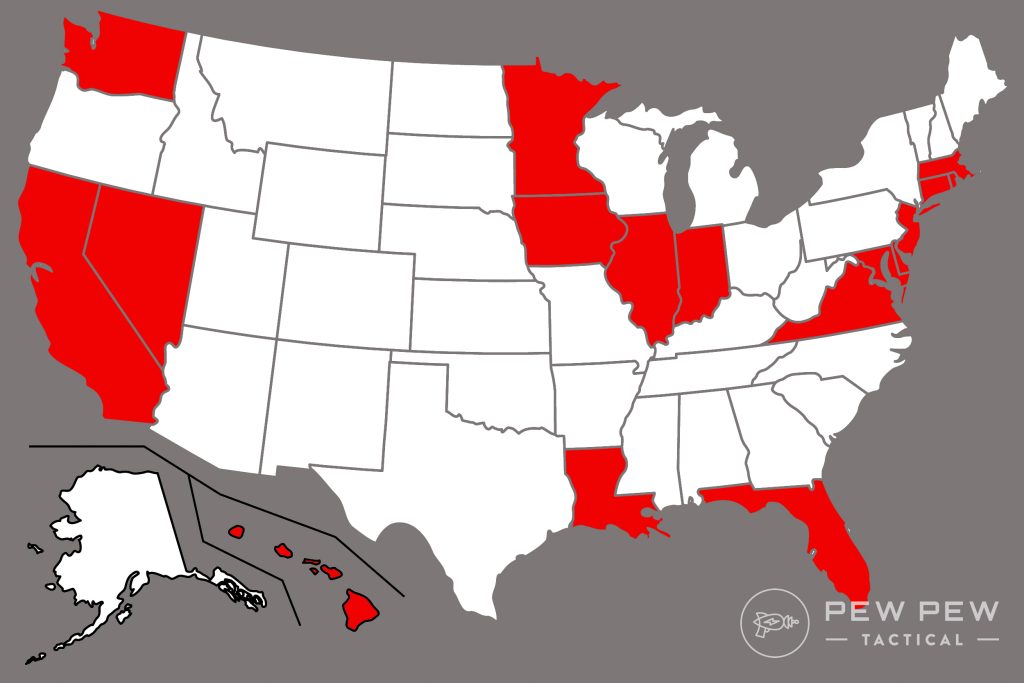
However, if you live in a state that does not bar its residents from owning bump stocks, you’re now able to purchase and possess these accessories.
Beyond the obvious ownership, the Court’s decision could have a major impact on other cases currently winding their way through the legal system. Just this week, the ATF was dealt major blows in their fights to reclassify pistol braces and determine who is considered “engaged in the business” of firearms dealing.

The Supreme Court’s opinion that the ATF overstepped its authority could effectively end any chance the Bureau has at appealing those most recent court decisions.
States that Ban Bump Stocks
- California
- Connecticut
- Delaware
- Florida
- Hawaii
- Iowa
- Illinois
- Indiana
- Louisiana
- Maryland
- Massachusetts
- Minnesota
- Nevada
- New Jersey
- Rhode Island
- Virginia
- Washington
- Washington D.C.
Final Thoughts
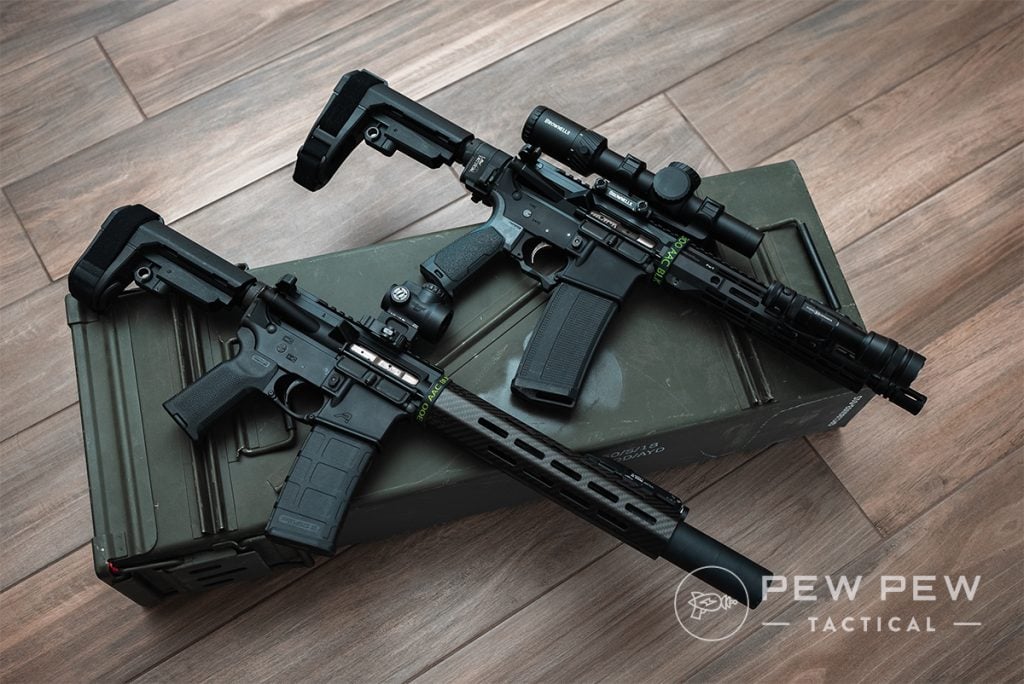
The bump stock ban saw its demise at the hands of the Supreme Court, which leaves the door open for other potential victories down the road against the ATF and its ability to enact and interpret regulations.

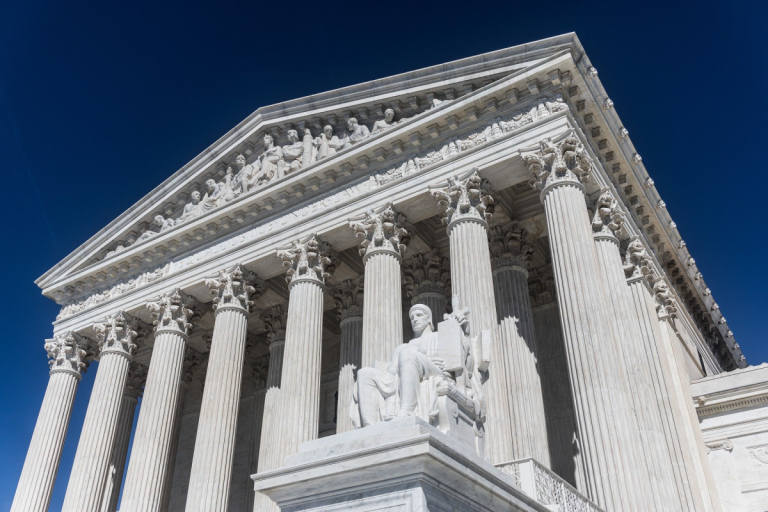







1 Leave a Reply
When referring to the shooting at the LV music festival, you should at least use the term “allegedly” when saying that a bump stock was used because a lot of experts who have reviewed it have stated the “evidence" was highly suspicious or non-existent.